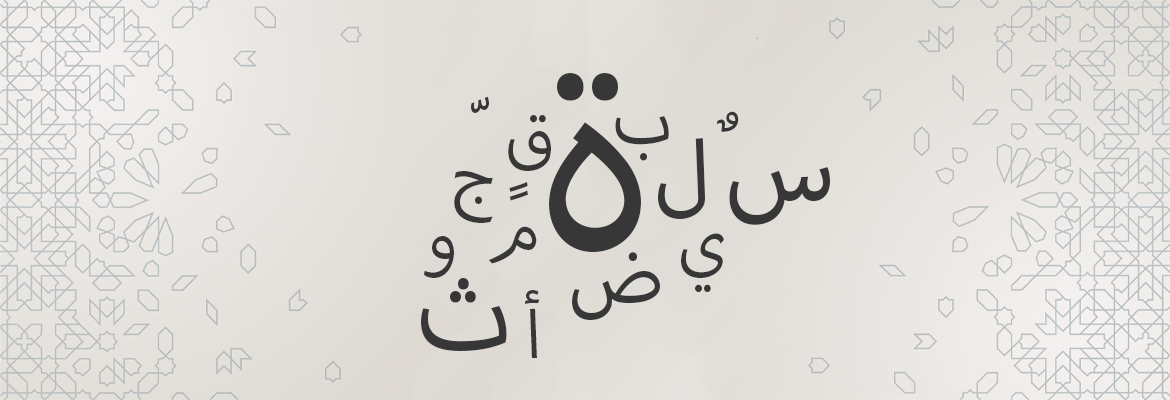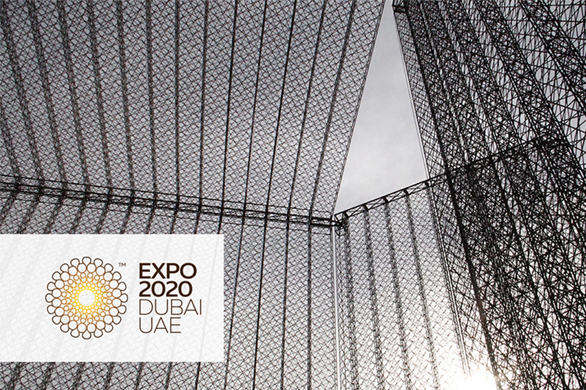
There’s so much more to a language than its words, grammatical rules, and letters. Languages carry entire cultures, traditions, world views, history, identity, and so much more. It is for this reason that international language days have become more popular and more recognised globally. Today, the 18th of December, marks UNESCO’s 10th International Arabic Language Day.
Though the language differs greatly from one dialect to another, all Arabic speakers understand Modern Standard Arabic, also referred to as MSA – it is the literary language of the Arab world, that which is used for formal situations, like the evening news for example. Colloquial dialect, or MSA, Arabic is undoubtedly an expressive, poetic, and lively language that is unique in more ways than one.
Whether you are an Arabic speaker yourself, or you have just been looking at Arabic from the outside in, here are some facts about Arabic that you will find interesting:
➤ The Arabic alphabet is not considered an alphabet, it’s called an abjad because it is made up of 28 letters, all representing consonant sounds.
➤ Like many other Semitic languages, vowels in Arabic are often expressed as diacritics, accents, or symbols above or below a letter.
➤ 25 countries across the world have Arabic as one of their official languages.

➤ Arabic script is written from right to left.
➤ Arabic has unique letters and pronunciations not found in many other languages like the heavy [Ha] ح found in Habibi and the ض [pronounced daad]. In fact, Arabic is called Loughat al Daad, which means the language of the Daad because this sound is not present in other languages across the world. It is a heavy, pharyngeal D.
➤ Being a Semitic language means Arabic word roots are formed of three sounds. Arabic word formation is highly derivational. Once mastered, the rules of Arabic lexical morphology can guide Arabic learners to understand the meaning of new words and even form some of their own. Some examples of derivatives of (عرف) are (عارف) one who knows (معروف) known, (معرفة) knowledge, (عرّف) introduced, (تعارف) became acquaintances, etc.
To understand this better in English think of the word form. Its meaning relates to shape (conform, formulate, reform) when other prefixes and suffixes are added to this root word, new words and new meanings are formed.
These associations between words really offer speakers an array of specific meanings to choose from and the possibility of always going back to the root of the word within the language to understand the connotation, origin, and nuances of meaning.
➤ Almost everything is gendered in Arabic – unlike English where sometimes the use of “it” for things saves us from having to assign a gender for every single noun. Animate or not, everything in Arabic is gendered. For example, the sun is a she, the moon is a he. This is similar to Spanish and French.

➤ There are no capital letters in Arabic, and ultimately no abbreviations or acronyms. Instead, Arabic uses quotation marks to indicate emphasis.
➤ Arabic script is cursive in nature. Meaning that the same letter will have a different shape based on where it falls in a given word.
➤ Read as it is written. Unlike English, French and other languages, there are no silent letters, and the spelling dictates the pronunciation, there’s no second-guessing when it comes to Arabic text.
➤ The Arabic Abjad is used by other languages like Urdu and Persian.
Languages are vessels of thought, they help shape the way we see the world and the way we communicate with each other. Being an old language and dating back more than 1500 years, Arabic has a lot of interesting features and plenty of cultural influences. We hope this post helped you learn more about the beauty of one of the world’s most spoken languages.



